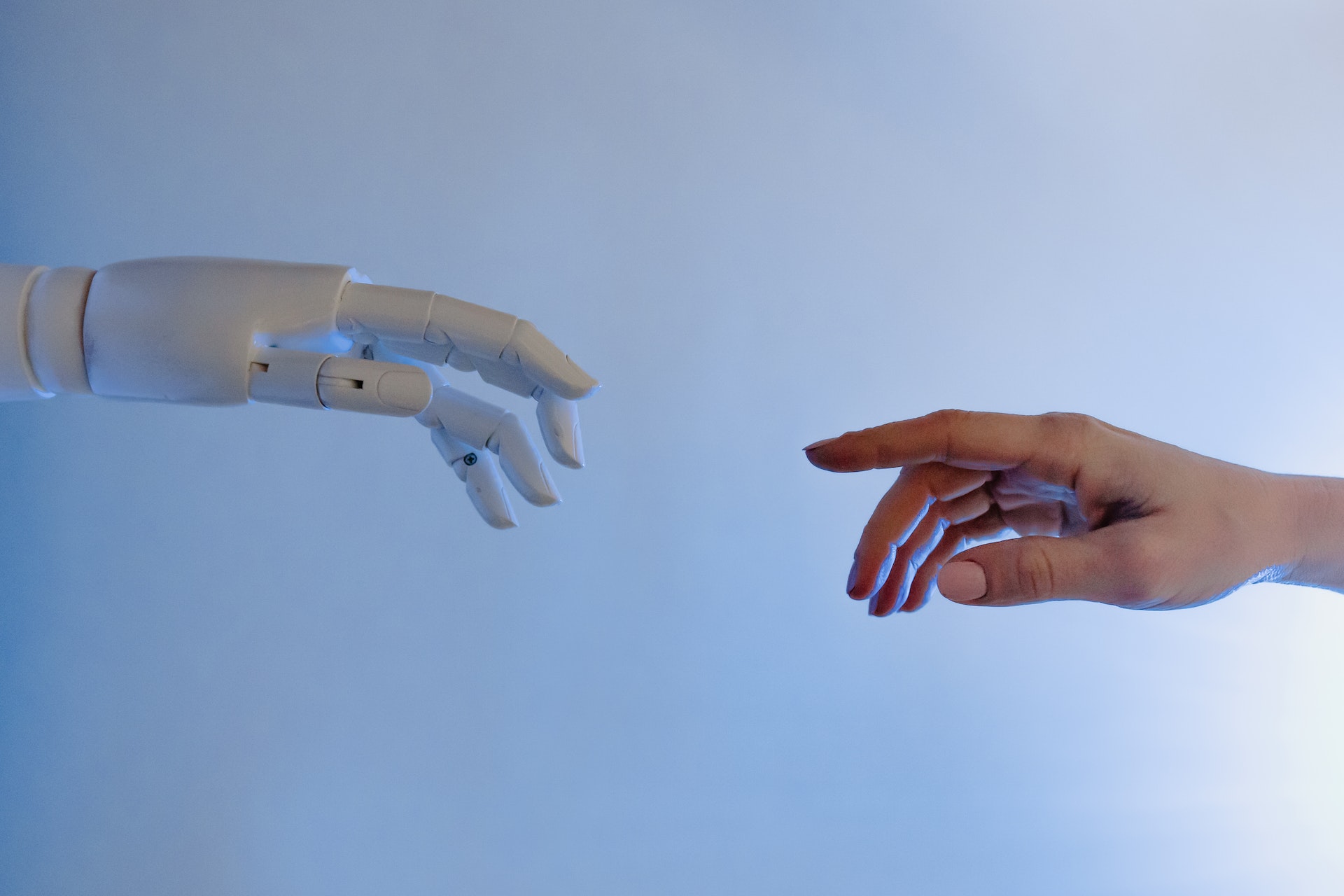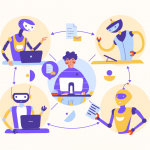The answer to the question begs three things to be clearly defined.
One, The definition of: “Customer Experience”
Two, what role can AI play in providing that experience?
And three, do humans provide something significantly more than what AI will provide in future?
Customer Experience has numerous elements, some are apparent, and others may not be so apparent but have an enormous impact on the experience of the customer. While all elements have a distinct role and impact on the final customer experience, the experience (outcome) can be finally distilled to the emotion/s a customer feels after an interaction with an organization.
Whether, it is a website, an advertisement, social media representation, the buying experience, chatbots, automated responses, the brick-and-mortar premises, customer related policies and processes or the human interactions – all create an emotion and have the power to make or break a customer’s experience and therefore the probability of the customer returning.
Moreover, the experiences transcend the entire lifecycle of the customer engagement.
A customer’s decision to try out a product or service, consideration to buy and the decision to stay loyal are all governed by the experience at various stages and through all touchpoints – human or tech based.
The role that AI plays and has the potential to play is significant and creates benefits of consistency of the experience, speed of response, and ease in accessibility for the customer. And productivity and profitability for the service provider.
The role that the human plays is in enabling AI to do all the above and pick up the baton whenever AI reaches its limitation or when the internet is down!
It is the humans who:
- Envision and craft the exact experience that the company wants to provide to its customers,
- Build the product / service,
- Create customer related policies and processes,
- Decide what role Tech / Digitalization / AI will play in customer engagement,
- Ensure continuous improvement of the experience,
- Create the fail-safe for all the human, digitalized / AI touch points.
Research indicates that when an organization / people in the organization resolve a customer’s complaint or experience deficit, the probability of the customer staying loyal and advocating the organization goes up significantly. In fact, the probability is much higher than for customers who have a trouble-free engagement.
Most of us feel reassured when we can speak to a person, rather than an IVR. Even in the case of organizations that have near perfect digitalized customer systems.
In a consulting firm like ours, as facilitators and consultants, we create customer experiences purely through how we interact with customers. How much we listen, how willing we are to build solutions “right” for the customer rather than push off the shelf solutions. How skilled we are to customize, how open we are to keep a regular pulse check of the customer’s experience, how agile we are to problem solve without getting into a blame game.
The solutions that we provide vary for each customer, however the service that we provide is consistent. Since our customers/stakeholders keep changing, we need to adapt or find different ways to interact and build those relations that can be long lasting and hence deliver a great customer experience.
The last critical element in the creation of the intended customer experience is the innate customer orientation that people in the organization have. What do I possess as a skill or what comes naturally to me that can create some good customer experiences? It is that innate preference that recognizes opportunities to impact the experience – conversations that hit a chord with the customers, maybe sometimes over a coffee, sometimes sharing anecdotes from that resonates with them, creating a safe space to share and talk about some of their own experiences etc.
The opportunities can be endless and can only be recognized by humans… at least as of now!







